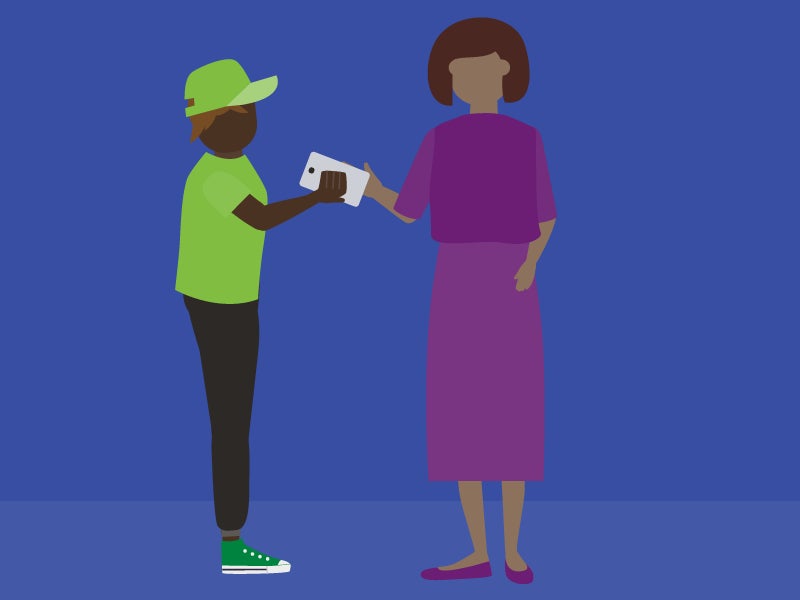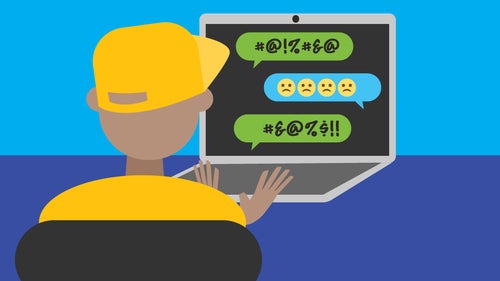Navigating online gaming with your teen

From sports and action games to virtual adventures, gaming has long been a big part of teen life. It's how they unwind and connect in today's digital age. Although online gaming can at times get a bit of a bad rap, there are so many positives, such as connecting with friends in multi-player games, completing challenges, problem-solving, and learning new skills.
Online gaming forums buzzing with tips, fan art, and discussions about the latest updates foster a sense of community. The ability to jump into a quick match or dive into an epic quest that can take weeks or months can keep teens interacting in a positive way.
Although most young people engage in online games without experiencing harm, gaming can come with risks, such as addiction, cyberbullying, effects on physical health, and with in-game purchases and targeted marketing tactics, financial challenges.
As their parents and carers, our role is to understand the world of online gaming and how our teens engage with it so that we can help them navigate it in a positive, balanced and healthy way.

Tips on how to talk to teens about online gaming
- Ask about their online experience and what games they enjoy, and invite them to show you how to play.
- Talk about harmful online behaviours, such as cyberbullying. Remind them that engaging in these harmful behaviours can have consequences for them and others.
- Ask them what they would do if someone they didn't know in their offline world tried to connect with them.
- Talk about their safety and discuss how they can protect their privacy online.
Top 5 tips for creating a safe online gaming environment
Online gaming is more popular than ever and offers many benefits. Still, it does come with some risks like cyberbullying, teens talking to people they don’t know, addiction and exposure to harmful content. Here are some ways you can safeguard your child and teen.
1. Be a positive role model
Model healthy habits, such as playing the games alongside them, taking breaks and reacting in a sportsmanship way.
2. Learn the games they're playing
Familiarise yourself with the different games they're playing. Learn what the privacy settings are and how you can encourage a positive gaming experience.
3. Set clear boundaries
Set up gaming consoles in open family areas, use strategies like timers to limit online time or set rules around when they can play, and agree on age-appropriate games.
4. Play fairly and respectfully
Whether playing with a friend in the same room or online, teach your child or teen the impact words and actions can have and the importance of treating others with kindness, fairness, and respect.
5. Practice online safety
Have regular conversations with your teen about online safety practices, such as recognising and avoiding cyberbullying and online predators, reporting harmful content and what to do if anything becomes an issue.
The most popular gaming devices and what you need to know about them

How teens view their online world
Teens view their online world as having a positive influence on their lives, but they also desire a much more positive online environment than the one that already exists. Teens are aware of the risks, such as cyberbullying and contact with strangers, but generally, they also know how to respond to these risks.
84%
of Australian's aged 15 to 17 who play video games say it has a positive influence on their lives (2024 UNICEF Australia Report).
82%
of Australian's aged 15 to 17 say they will take action when seeing someone being bullied online (2024 UNICEF Australia Report).
Where to go for help or advice
You can contact the gaming platform directly for help, report cyberbullying or harmful content. Or you can reach out to eSafety for more information and resources.
eSafety



